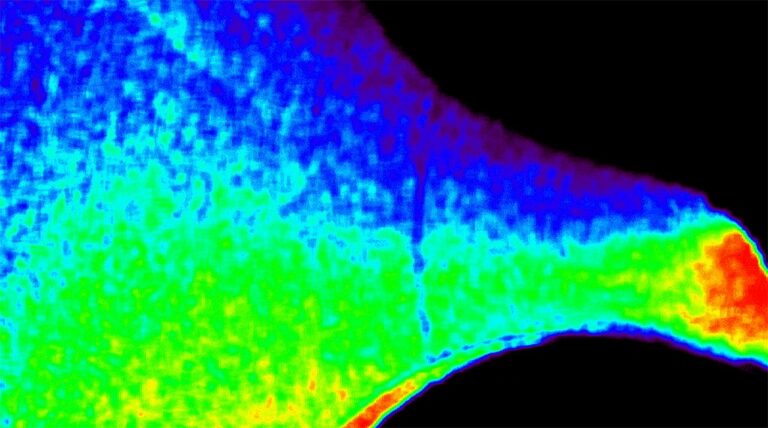Organic Light-Emitting Diodes (OLEDs) have transformed the way we experience displays — from vibrant smartphone screens to ultra-thin televisions. However, one major challenge has persisted: OLED device lifespan. Now, a revolutionary new spectroscopy technique promises to not only enhance OLED performance but also significantly extend their operational life, setting a new benchmark for the future of display technology.
Understanding the Problem: Why OLED Lifespan Matters
OLEDs offer unmatched color accuracy, contrast ratios, and flexibility. Yet, they are prone to degradation over time, especially under prolonged exposure to electric currents and environmental factors like oxygen and moisture. Shorter device lifespans have limited OLED’s wider adoption in long-term applications such as automotive displays and commercial signage.
Longevity and durability have thus become critical research areas. Scientists have sought deeper insights into molecular-level changes within OLEDs to uncover ways to slow their degradation. That’s where this new spectroscopy breakthrough comes into play.
Introducing the Breakthrough: Advanced Spectroscopy at Work
Researchers have developed a cutting-edge spectroscopy method capable of observing real-time molecular changes in OLED materials. Unlike traditional techniques that examine degradation after failure, this method monitors the chemical interactions as they happen — offering unprecedented detail into degradation pathways.
This in-situ spectroscopy technique uses sensitive optical measurements to detect tiny molecular shifts long before visible defects occur. By pinpointing exactly how and where degradation begins, scientists can now design materials and structures that are far more resilient.
How This Spectroscopy Technique Extends OLED Lifespan
Early Detection of Degradation
The ability to observe real-time molecular changes allows manufacturers to predict and prevent failure points much earlier in the OLED’s life cycle.
Better Material Engineering
Insights from this spectroscopy method help in designing new organic compounds that are more resistant to chemical breakdown.
Optimized Device Architectures
Manufacturers can now refine layer structures, such as adding protective barriers or reengineering interfaces, to minimize degradation effects.
Improved Manufacturing Processes
Spectroscopic analysis during production ensures higher quality control, leading to longer-lasting and more reliable OLED devices.
Implications for the Future of OLED Technology
This advancement could have profound implications for industries reliant on OLEDs.
From smartphones that last longer without screen burn-in to more durable OLED TVs and foldable displays, consumers stand to benefit greatly. Moreover, sectors like automotive, healthcare, and industrial design could increasingly rely on OLED solutions without worrying about frequent replacements.
Environmental sustainability is another big plus. Longer OLED lifespans mean less electronic waste and a reduced environmental footprint — a critical factor as the world moves toward greener technology solutions.
Final Thoughts: A New Era for OLED Displays
The introduction of a new spectroscopy technique to extend OLED lifespan marks a major milestone. By solving one of the biggest hurdles in OLED technology, researchers are paving the way for brighter, more durable, and more sustainable displays.
As this technique gains wider adoption, we can expect OLED innovation to accelerate, leading to even more remarkable applications across industries.
The future of OLEDs has never looked clearer — or more brilliant.

















+ There are no comments
Add yours